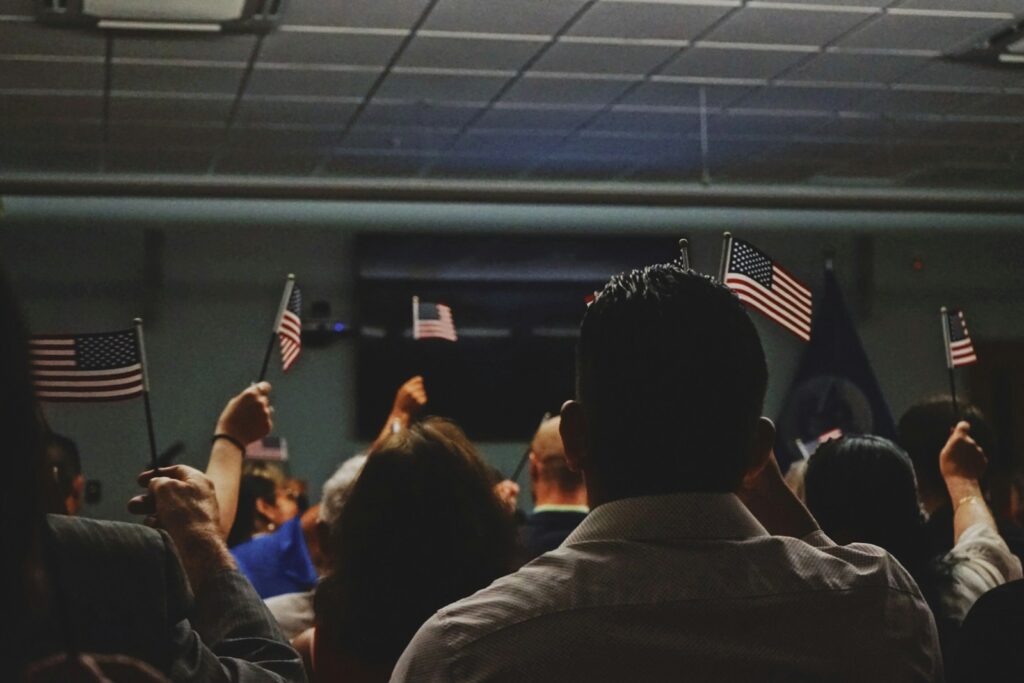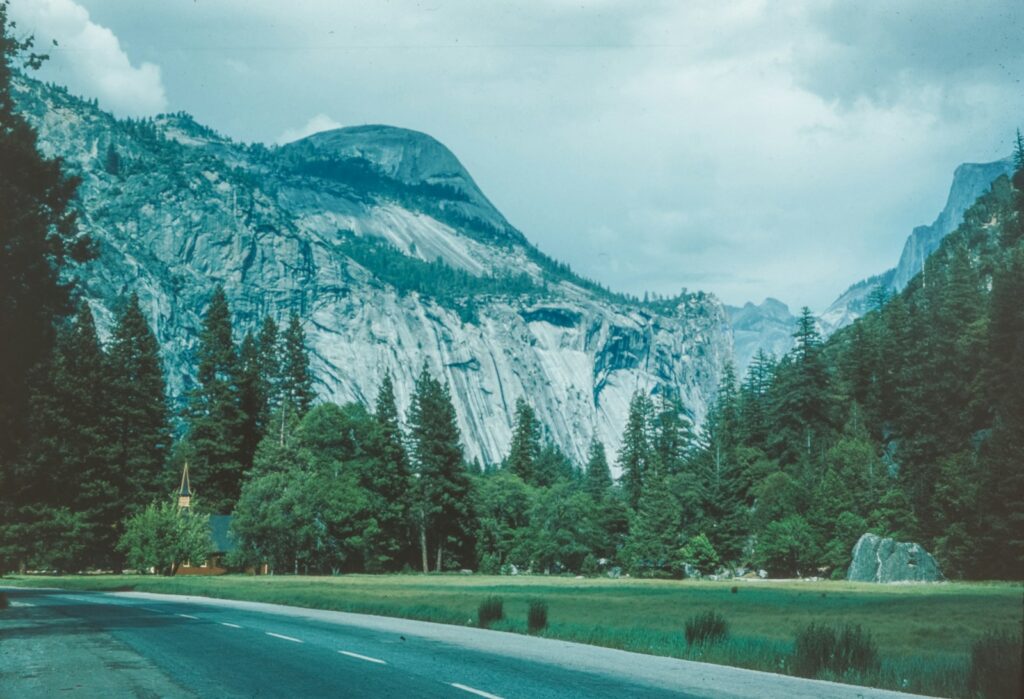
Origins and Indigenous Societies
The North American continent was first inhabited by Paleo-Indians, who migrated from North Asia over 12,000 years ago via routes such as the Bering land bridge or ancient coastlines. The Clovis culture, emerging around 11,000 BC, is recognized as one of the first widespread cultures across the Americas.
Over millennia, Indigenous North American societies developed complex civilizations. The Mississippian culture, spanning the Midwest, East, and South, excelled in agriculture and architecture. Other notable groups included the Algonquian in the Great Lakes and Eastern Seaboard, and the Hohokam and Ancestral Puebloans in the Southwest. Estimates suggest native populations in what is now the United States ranged from 500,000 to nearly 10 million before European contact.
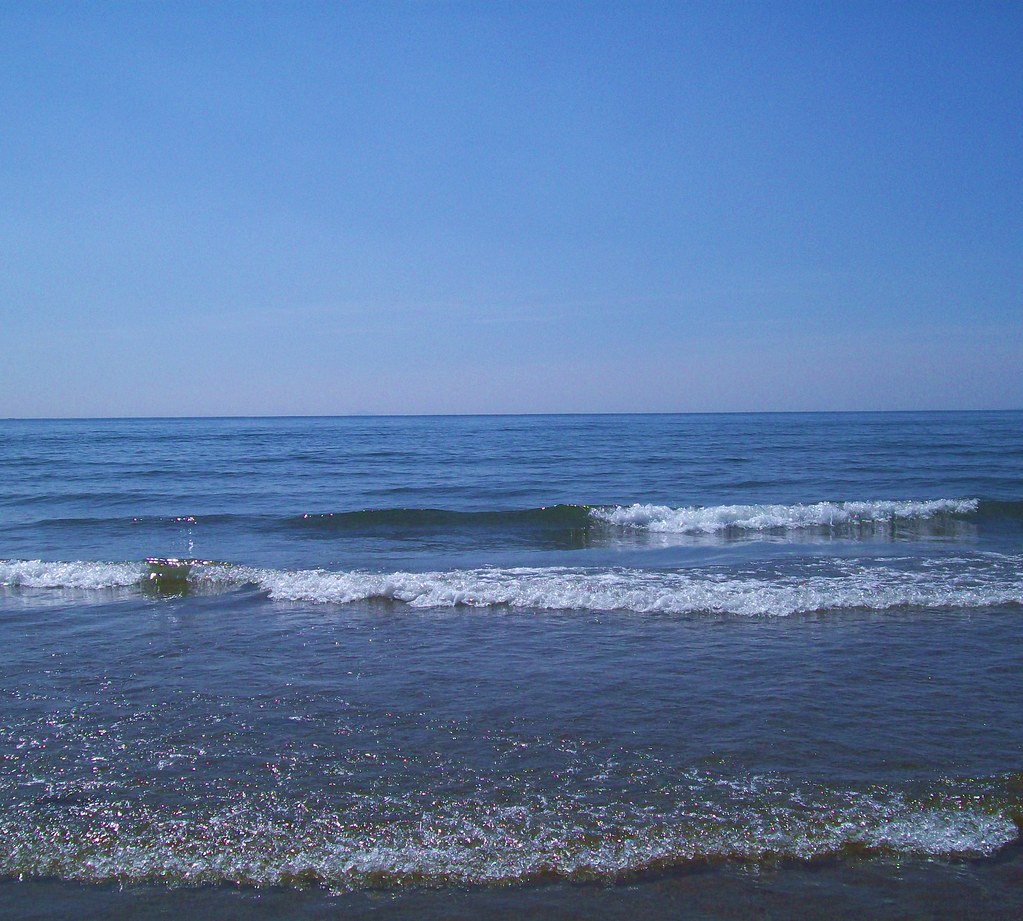
European Colonization and Early Foundations
European presence began with Spanish exploration in 1492, leading to settlements from Florida to California. Spanish Florida, chartered in 1513, became the first European colony in the continental U.S., with Saint Augustine founded in 1565 as Spain’s first permanent town. France, the Netherlands, and Sweden also established settlements, though British colonization ultimately dominated the East Coast, beginning with the Virginia Colony (1607) and Plymouth Colony (1620). Early colonial documents such as the Mayflower Compact established precedents for self-governance, while interactions with Native Americans included both trade and cultural conflicts.
The transatlantic slave trade brought enslaved Africans to the eastern seaboard as a primary labor force. The original Thirteen Colonies were British possessions governed by Crown-appointed officials, though local elections allowed white male property owners to participate. By the 1770s, growing colonial populations, combined with ideas from the First Great Awakening, fostered a sense of autonomy that contributed to eventual independence.
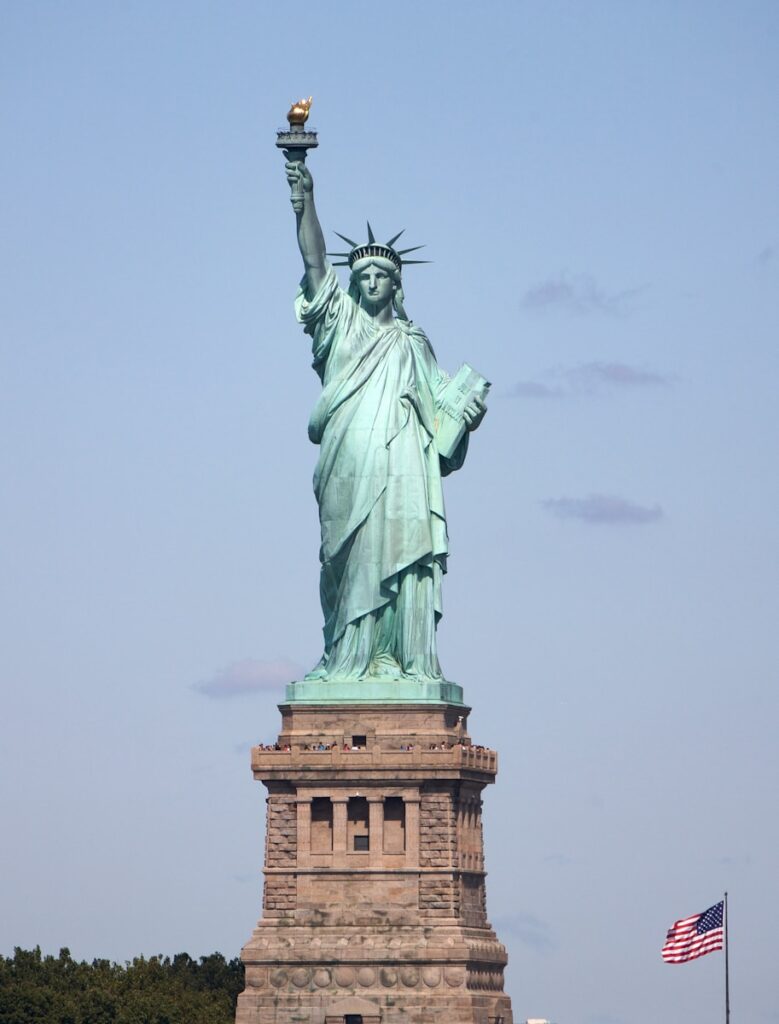
Revolution and Nation-Building
Rising tensions over taxation without representation led to the First Continental Congress in 1774, initiating a boycott of British goods. Escalating disputes sparked the 1775 Battles of Lexington and Concord, marking the beginning of the American Revolutionary War.
The Second Continental Congress appointed George Washington commander-in-chief, and on July 4, 1776, the Declaration of Independence articulated political values such as liberty, individual rights, and popular sovereignty. The Articles of Confederation, ratified in 1781, created a decentralized government, and international recognition followed with the Treaty of Paris (1783). The U.S. Constitution, drafted in 1787 and effective in 1789, established a federal republic with three branches of government, reinforced by Washington’s presidency and the peaceful transfer of power.
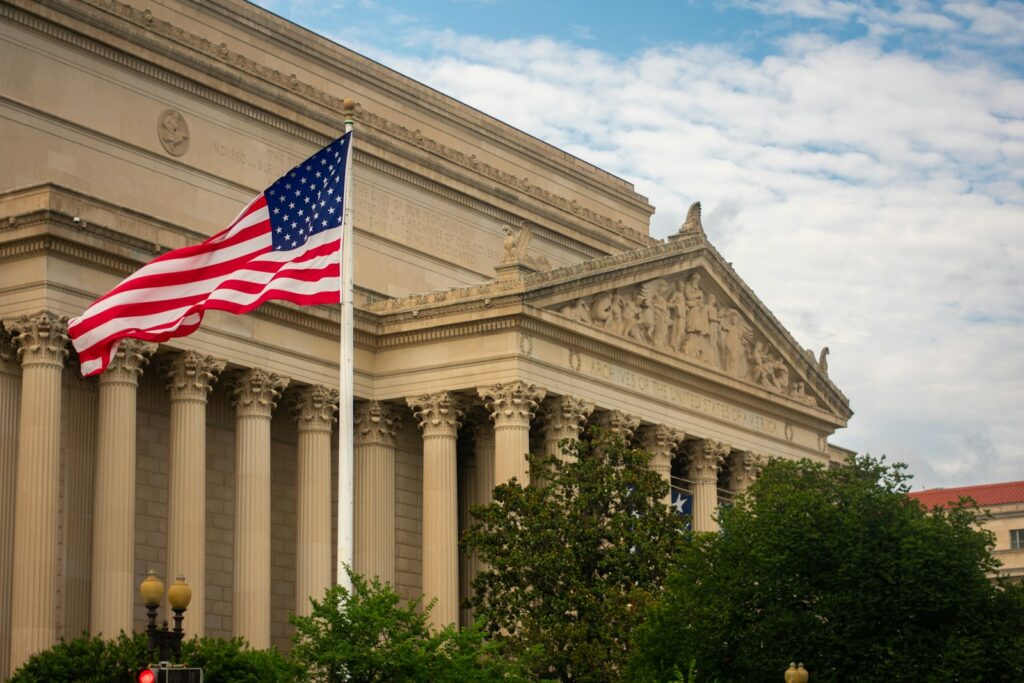
Expansion, Conflict, and Civil Rights
The early 19th century was marked by westward expansion under the concept of “manifest destiny,” including the Louisiana Purchase (1803), Florida (1819), and the Oregon Treaty (1846). The Mexican–American War (1846–1848) resulted in the Mexican Cession, adding lands such as California, Nevada, and Utah. The California gold rush prompted rapid migration and intensified conflicts with Native populations. Policies such as the Indian Removal Act of 1830 led to forced relocations, including the Trail of Tears.
Sectional conflicts over slavery escalated despite Northern abolition, driven by the cotton gin’s profitability. Legislative acts and judicial decisions deepened national tensions, culminating in the American Civil War (1861–1865). The Union’s victory and the Emancipation Proclamation (1863) led to reunification and the abolition of slavery. Reconstruction introduced the Three Amendments guaranteeing civil rights and equal protection, while African Americans engaged politically in the former Confederate states.
Industrialization, Immigration, and Progressive Reforms
The post-war period saw rapid infrastructure growth, including transcontinental railroads and telegraphs. The Homestead Acts distributed nearly 10 percent of U.S. land to 1.6 million settlers. Between 1865 and 1917, 24.4 million European immigrants arrived, contributing to urban growth, alongside the Great Migration of African Americans to Northern cities.
The Compromise of 1877 ended federal intervention in the South, enabling the rise of discriminatory practices such as Jim Crow laws. Economically, the Gilded Age witnessed unprecedented growth and technological advancement, though wealth inequality prompted Progressive Era reforms. The U.S. expanded territories, acquiring Alaska (1867), Hawaii (1898), Puerto Rico, the Philippines, Guam (1898), American Samoa (1900), and the U.S. Virgin Islands (1917).

Global Engagement and Modern Conflicts
The United States joined World War I in 1917 alongside the Allies, influencing the war’s outcome. The 1920s saw technological adoption, including radio and early television. The Wall Street Crash of 1929 triggered the Great Depression, met with Franklin D. Roosevelt’s New Deal programs.
Initially neutral in World War II, the U.S. began supplying the Allies in 1941. Japan’s attack on Pearl Harbor led to full involvement, concluding in 1945 after the use of nuclear weapons in Hiroshima and Nagasaki. Post-war, the U.S. gained economic power and global influence, forming a central role in the Cold War against the Soviet Union. Key achievements included the 1969 Moon landing and domestic civil rights advances under leaders like Martin Luther King Jr. and President Lyndon B. Johnson.
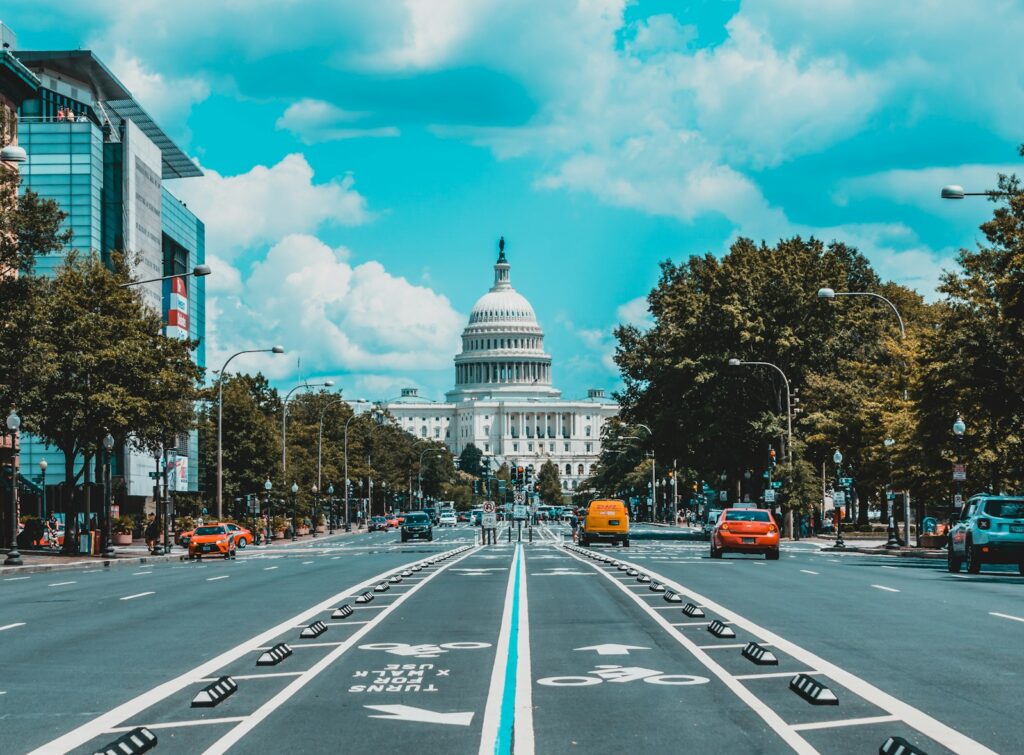
Contemporary America and Global Leadership
The dissolution of the Soviet Union between 1989 and 1991 ended the Cold War, establishing the U.S. as the world’s sole superpower. The 1990s were marked by record economic expansion, declining crime rates, and technological breakthroughs including the World Wide Web, Pentium microprocessor, lithium-ion batteries, the first gene therapy trial, and the Human Genome Project. Nasdaq became the first U.S. stock market to trade online in 1998.
The early 21st century presented challenges including the September 11 attacks, the subsequent ‘War on Terror,’ the housing bubble, and the Great Recession. Recent decades have seen increasing political polarization alongside continued technological and societal innovation.
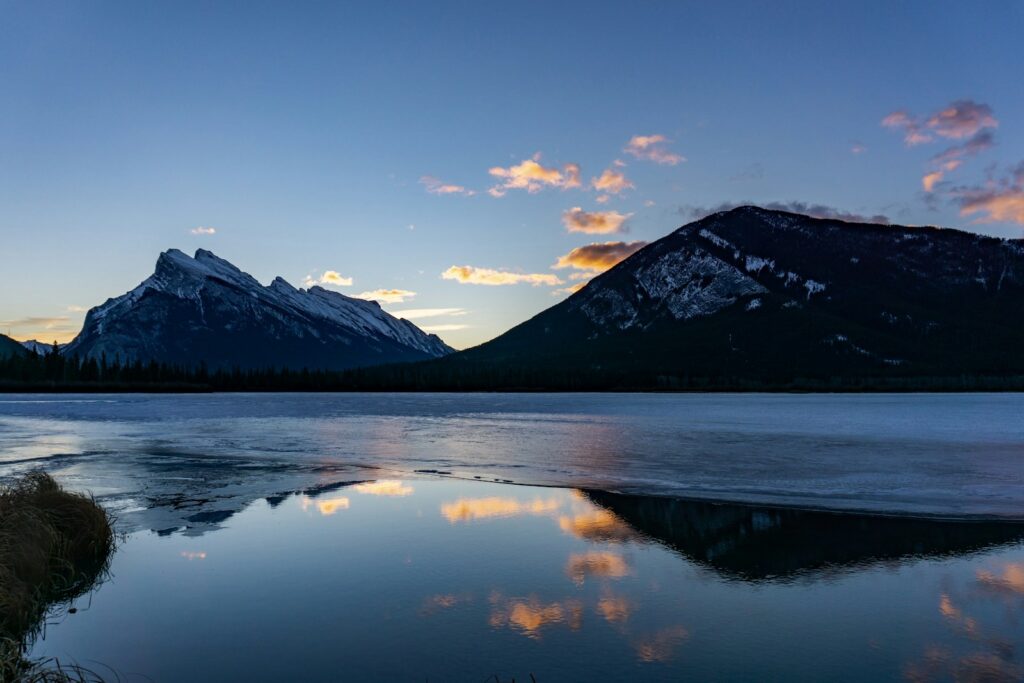
Spanning over 3,119,885 square miles (8,080,470 km2), the United States encompasses diverse landscapes. The Atlantic seaboard features coastal plains and the Piedmont plateau, while the Appalachian Mountains and Adirondacks form natural barriers to the Great Lakes and Midwest. The Mississippi River flows centrally, and the Great Plains and Rocky Mountains stretch westward, hosting features like Yellowstone Caldera. Arid regions include the Great Basin and Southwest deserts, with the Grand Canyon carved by the Colorado River.
The U.S. hosts most climate types, from humid continental and subtropical regions to alpine, arid, Mediterranean, oceanic, subarctic, and tropical zones. Extreme weather incidents such as hurricanes and tornadoes are relatively frequent. The country is one of 17 megadiverse nations, home to thousands of plant and animal species, including the bald eagle, a national emblem.
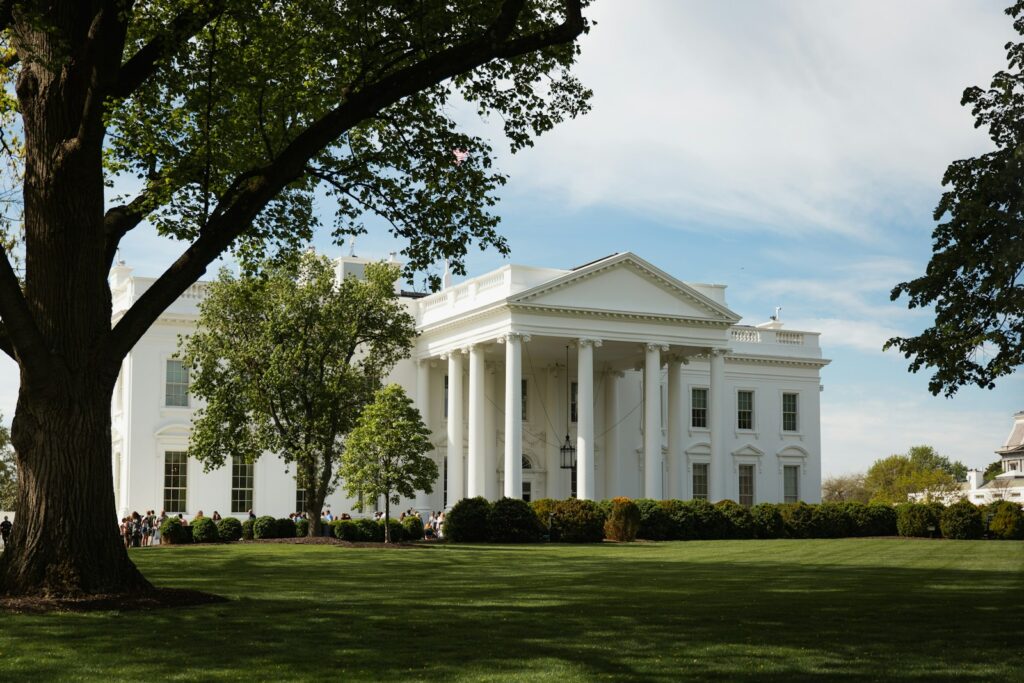
Government, Politics, and Sovereignty
The United States is a federal republic of 50 states and Washington, D.C., exercising sovereignty over unincorporated territories. The federal government operates through legislative, executive, and judicial branches, with separation of powers ensuring checks and balances. Federalism grants states significant autonomy, while Native American tribes retain sovereignty and reservations. The political landscape has been dominated by the Democratic and Republican parties, reflecting a liberal democratic tradition.

Economic Strength and Innovation
The United States maintains the world’s largest economy, driven by a dynamic private sector, technological advancement, and entrepreneurial spirit. While wealth inequality persists, the nation’s economic influence remains global, attracting talent and investment. Industries spanning technology, finance, and consumer markets frequently set international trends.

Culture and Society
The U.S. population exceeds 340 million, creating a culturally rich and diverse society. Immigration, urbanization, and education contribute to civic engagement and social development. Literature, film, television, theater, visual arts, music, and fashion thrive alongside culinary diversity. Sports, both professional and amateur, foster community engagement and national pride. The interplay of these influences underscores the adaptability and dynamism of American culture.
From ancient origins to its contemporary global prominence, the United States reflects continuous evolution. Its geography, governance, economic power, and cultural richness illustrate a nation that adapts and redefines itself while shaping global narratives.

